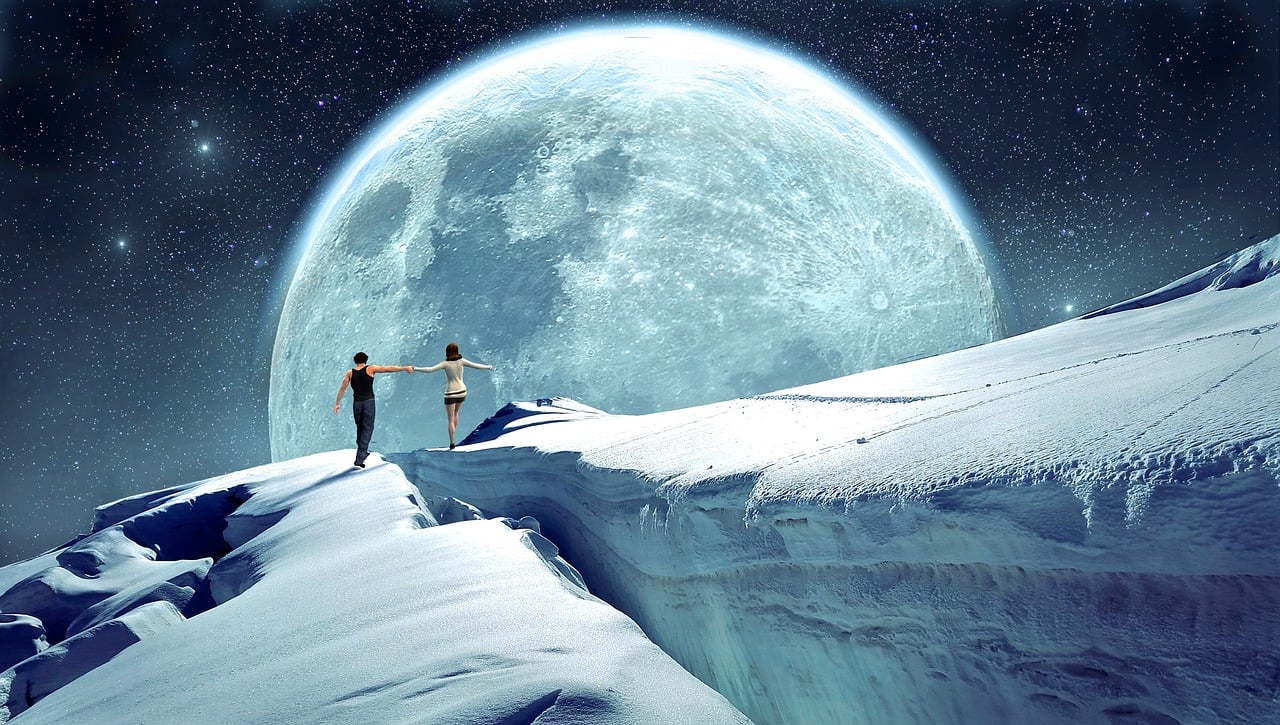The Role of Celestial Bodies in Timekeeping
Timekeeping has been an essential part of human civilization for thousands of years. From the ancient sundials to the modern atomic clocks, humans have always strived to measure time accurately. While the invention of mechanical clocks revolutionized timekeeping, the role of celestial bodies in determining time cannot be undermined. In this article, we will explore the significance of celestial bodies in timekeeping and how they have shaped our understanding of time.
1. The Sun: The Ultimate Timekeeper
Since time immemorial, the Sun has been the primary source of light and the most reliable timekeeper for humans. The rising and setting of the Sun marked the beginning and end of each day, providing a natural rhythm to our lives. Ancient civilizations used sundials to track the movement of the Sun and divide the day into hours. The position of the Sun in the sky also helped determine the seasons, which played a crucial role in agriculture and navigation.
2. The Moon: A Guide to Months
While the Sun governs the concept of a day, the Moon guides us through the months. The lunar cycle, which spans approximately 29.5 days, has been used as the basis for various calendars throughout history. The phases of the Moon, from the new moon to the full moon and back, helped ancient civilizations track the passage of time. The Moon’s gravitational pull also influences tides, which further influenced early timekeeping methods.
3. The Stars: Navigating Time and Space
Long before the invention of GPS and compasses, sailors and explorers relied on celestial bodies, particularly the stars, for navigation. By observing the position of stars in the night sky, early seafarers could determine their latitude and direction. The movement of stars across the celestial sphere also helped them track the passage of time during long voyages. Today, even with advanced technology, celestial navigation remains an important skill for sailors and astronomers.
Aside from their practical applications, celestial bodies have also played a significant role in shaping our perception of time. The vastness of the universe and the eternal nature of stars and galaxies remind us of the fleeting nature of our existence. Looking up at the night sky can evoke a sense of wonder and contemplation, putting our daily worries into perspective.
Furthermore, celestial bodies have inspired countless myths, legends, and cultural beliefs about time. Ancient civilizations often associated certain stars or constellations with specific seasons or events, creating celestial calendars that were deeply intertwined with their religious and cultural practices. Even today, many festivals and celebrations are based on astronomical events like solstices and equinoxes.
Conclusion
Celestial bodies have played a crucial role in timekeeping throughout human history. From the Sun’s daily cycle to the Moon’s monthly phases and the stars’ navigation guidance, these cosmic entities have shaped our understanding of time and provided us with a sense of order and rhythm. So, the next time you look up at the night sky, take a moment to appreciate the profound connection between celestial bodies and the measurement of time.


